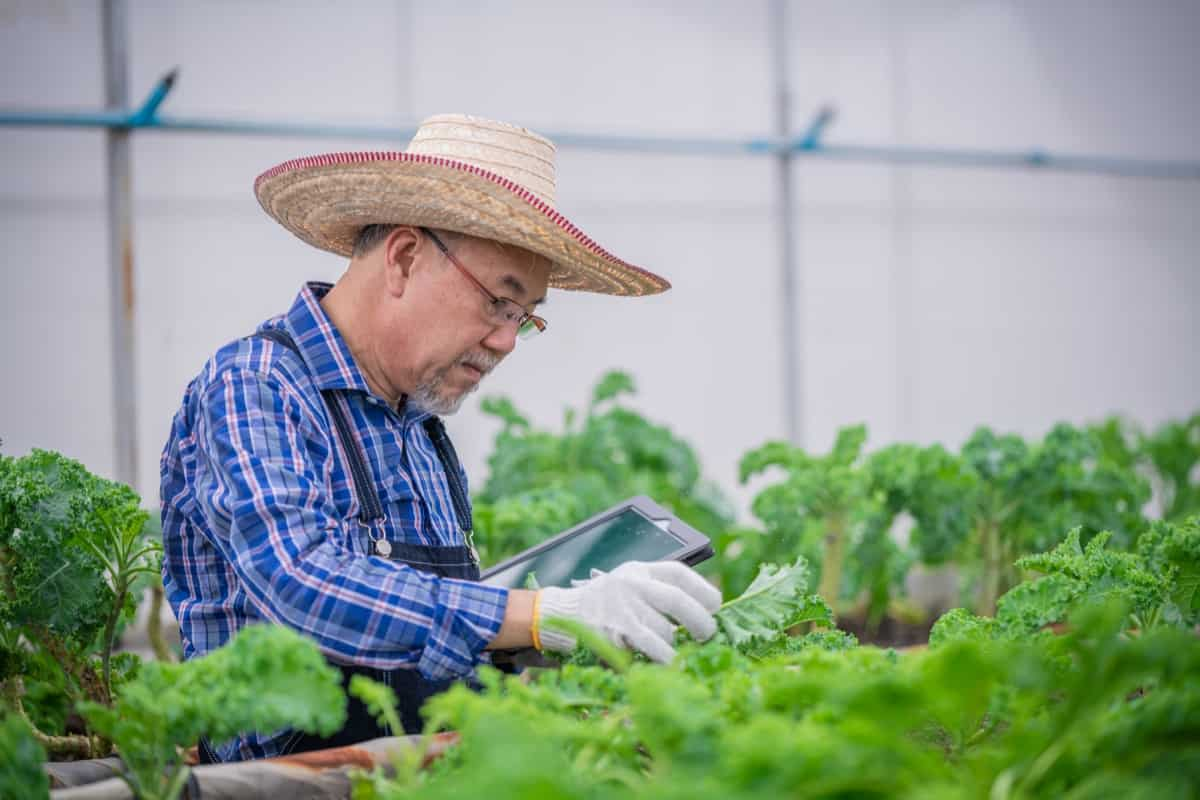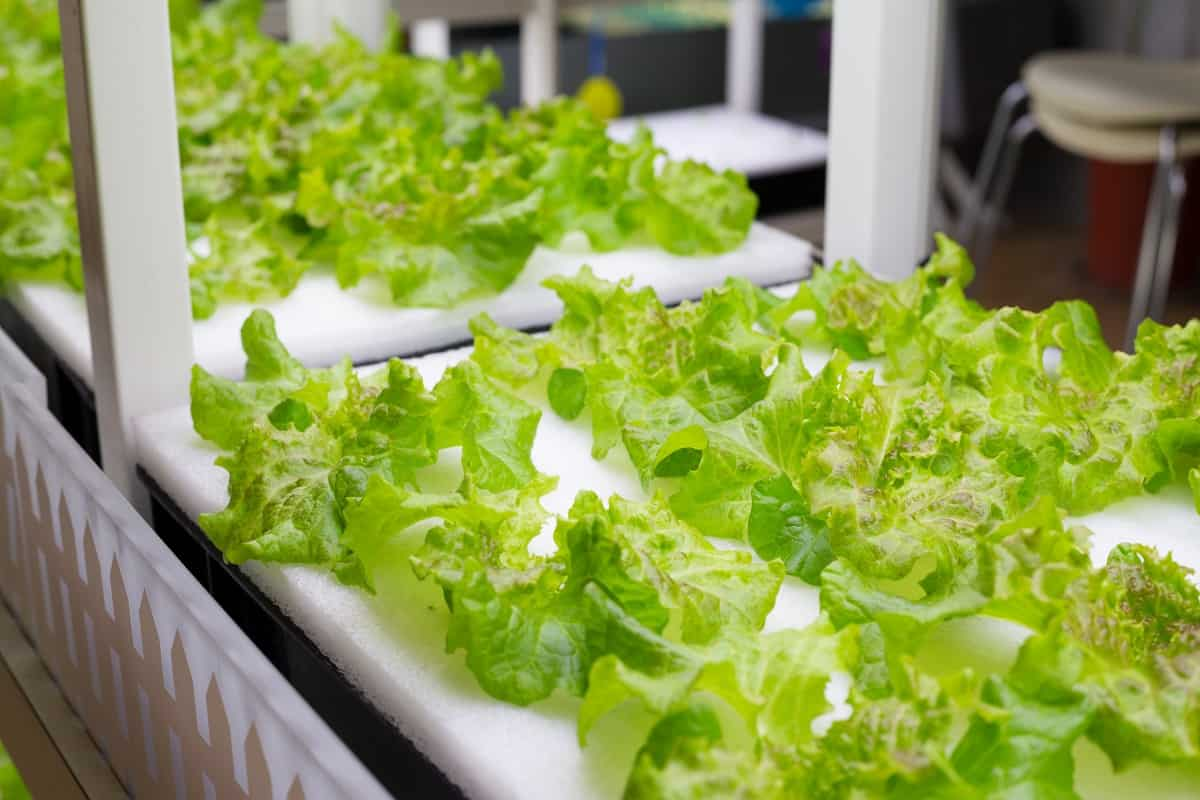Two well-liked hydroponic systems stand out in the realm of indoor gardening: the Kratky technique and Deep Water Culture (DWC). These techniques offer distinctive ways to grow plants without soil but also have some significant distinctions. The Kratky method is a fantastic low-maintenance gardening technique for beginners because it is essentially a “set it and forget it” methodology.
However, DWC is more technologically advanced and has tools for meticulous plant maintenance. Let’s examine these variations so that you can choose the one that best satisfies your green thumb objectives.
Difference Between Kratky and DWC Hydroponic Systems
Kratky Method and DWC Method for Beginners
The Kratky method is a simple, low-cost hydroponics approach suitable for beginners, offering simplicity, low maintenance, and a small-scale setup. It requires only a container, nutrient solution, and some plants, making it ideal for beginners. However, it may have limited plant choices and requires careful water level control. The DWC system, on the other hand, provides more oxygen and nutrients to plants, providing a VIP treatment. Both methods are suitable for beginners and offer a more efficient way to grow indoors.
Easy Monitoring: It’s Not Too Complicated to Monitor pH Nutrient Levels.
- Compact: Even if you don’t have much space, you can set up a DWC system in an apartment.
- Potential for More Plants: If you want to grow more varieties of plants, DWC might be better.
- Algae and Bacteria: You must watch for algae and bacteria growth in the water.
- Air Pump Needed: DWC requires an air pump to oxygenate the water. It’s not as low-maintenance as Kratky.
The Kratky Method: Passive Hydroponics
- Minimal Equipment: It only requires a reservoir of nutrient-rich water and the seedling you want to grow.
- Plant Placement: The plant is placed at the top of the reservoir, suspended just above the nutrient solution.
- Root Growth: The roots grow downward into the nutrient solution to access nutrients.
- Self-Sustaining: As the roots drink from the reservoir and the water level drops, an air gap forms, allowing the roots to breathe while remaining partially submerged.
- No Soil Needed: This method eliminates the need for soil and oxygenation equipment.
Deep Water Culture (DWC): Active Hydroponics
- Full Submersion: In DWC, the plant roots are fully submerged in water.
- Oxygenation Equipment: Air pumps and air stones oxygenate the root system.
- Precise Growing Conditions: DWC allows for precise control of water and nutrient levels.
In case you missed it: How Much Perlite to Use in a Hydroponic Garden: Compare with Rice-Hulls

Catering the Plant Needs
Both approaches can give plants the essential need for light, water, nutrients, and air. The primary distinction is in how they provide roots oxygen: Utilizes the Kratky Method, which depends on the reservoir’s air gap to supply oxygen. Beyond the reservoir, no extra equipment is needed. The fully submerged root system is oxygenated by an external air pump and air stone.
Pros of the Kratky Method
This low-maintenance, off-grid growing method requires sunlight, is low maintenance, suitable for beginners and autonomous systems, and is ideal for lettuce and herbs, making it suitable for outdoor use.
In case you missed it: How to Choose the Right Hydroponic Grow Light for Plants

Cons of the Kratky Method
- Less precise and not ideal for plants with longer lifecycles.
- 2 May require adjustments over time for plants with extended growth periods.
Pros of the DWC System
- Provides constant water and nutrient levels, leading to precise plant care. Suitable for a wide range of plant types.
- Can be scaled up for larger production.
- Ideal for large fruiting plants like tomatoes, peppers, and cucumbers.
Cons of the DWC Syste
- Requires continuous equipment operation and more maintenance.
- Not as suitable for off-grid or low-maintenance setups.
Troubleshooting Common Issues in Kratky Hydroponics
Plants may appear limp or wilted due to low nutrient levels in the solution. Check the nutrient concentration and adjust as needed. Yellowing leaves indicate a nutrient deficiency, especially if lower leaves are affected first. Algae growth can block light and nutrients from plants, so keep the container covered or use opaque materials.
Adjust the pH of the solution to 5.5-6.5 to ensure proper nutrient absorption. Root rot occurs when roots are submerged for too long without oxygen, so ensure water levels are below the roots. Mold or fungus can develop in the container, so keep the growing environment clean and well-ventilated.
Maintain a stable temperature range of 65-75°F (18-24°C) to stress plants. Control pests like aphids or spider mites using neem oil or insecticidal soap. Ensure consistent water levels in the container to prevent stress and growth. Overcrowding can lead to competition for nutrients and space, so provide enough space between plants to promote healthy growth.
In case you missed it: How to Grow Hydroponic Potatoes: A Comprehensive Guide

Best Plants for Kratky Hydroponics
- Leafy Greens: Plants like lettuce, spinach, kale, and Swiss chard thrive in Kratky systems. They don’t need much space and are relatively easy to grow.
- Herbs: Basil, cilantro, parsley, and mint are excellent choices for Kratky hydroponics. They grow well in nutrient-rich water.
- Cucumbers: Mini cucumber varieties like Persian cucumbers do well in Kratky systems. They produce fresh and crisp cucumbers for salads.
- Cherry Tomatoes: Compact tomato varieties, like cherry or grape tomatoes, can be grown successfully. They add a splash of color to your hydroponic garden.
- Peppers: Bell and chili peppers can be grown in Kratky systems. They require some space but produce flavorful peppers.
- Green Onions: These are easy to grow in Kratky containers. You can snip off the green tops as needed for garnishing dishes.
- Strawberries: While they need more attention, strawberries can be grown in Kratky systems. They produce sweet, juicy berries.
- Bok Choy: This Asian green is a great choice for Kratky. It’s quick-growing and versatile in cooking.
- Swiss Chard: With its colorful stems and nutritious leaves, Swiss chard is an attractive and tasty option for Kratky hydroponics.
- Spinach: Spinach is another leafy green that does exceptionally well in Kratky systems. It’s rich in nutrients and perfect for salads or smoothies.
Conclusion
In conclusion, Your particular objectives and preferences will determine whether you select the Kratky or DWC system. The Kratky system is an alternative for simplicity, minimal gear, and smaller-scale farming. On the other hand, a DWC system can be the best option if you want higher yields and have room for the required equipment. Whatever you decide, hydroponic gardening has several advantages that you’ll appreciate.
- Ultimate Guide to Ossabaw Island Hog: Breeding, Raising, Diet, and Care
- Ultimate Guide to Juliana Pig: Raising Facts, Size, Diet, Care, and Lifespan
- Raising Lleyn Sheep: Disadvantages, Price, Uses, Characteristics, and Care
- Ultimate Guide to Meishan Pig: Breed Facts, Breeding, Raising, and Care
- Ultimate Guide to Teacup Pigs: Raising, Diet, Lifespan, Cost, and Care
- Guide to Raising Poll Dorset Sheep: Facts, Profile, Characteristics, Uses, and Care
- Ultimate Guide to Bighorn Sheep: Characteristics, Diet, Lifespan, Breeding, and Lifecycle
- Ultimate Guide to Raising Katahdin Sheep: Farming Facts, Breed Profile, Uses, and Care
- Ultimate Guide to Raising Oreo Cows: Belted Galloways Farming Facts, Profile, Uses, and Care